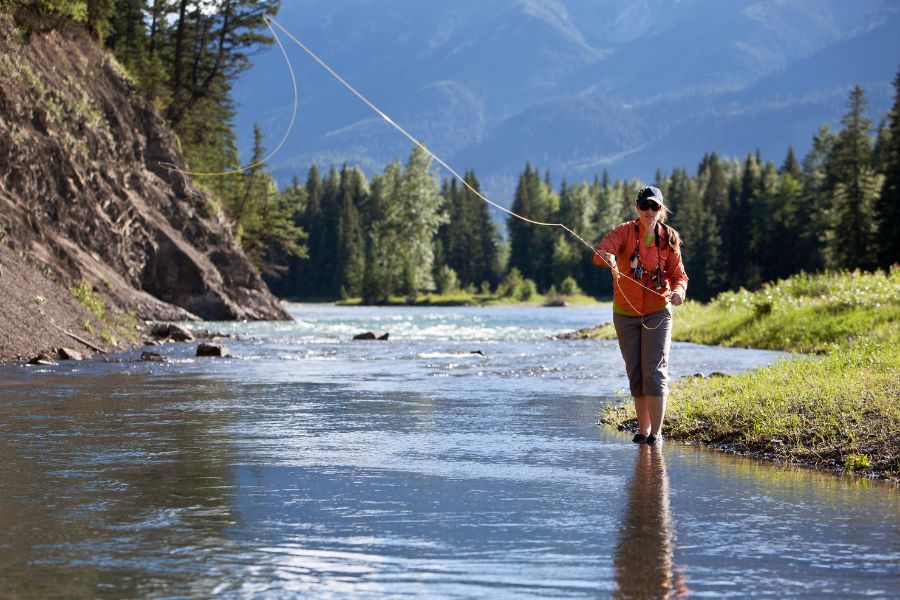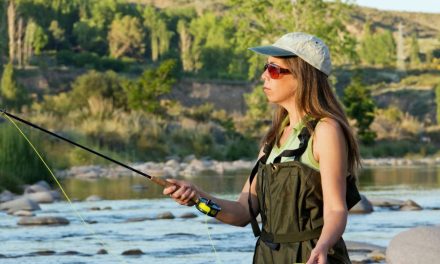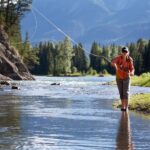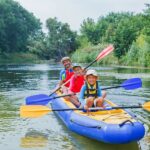When planning an outdoor adventure, there’s something particularly serene about spending time by a lake with a fishing rod in hand. Fly fishing offers a chance to connect deeply with nature. It’s important to be well-prepared, ensuring that you have all the gear and knowledge at your disposal. If you’re new to the sport or looking to refresh your equipment, understanding the necessary items can help maximise your enjoyment and success on the water.
Quality Fly Rod and Reel
The backbone of any fly fishing expedition is undoubtedly the rod and reel. Selecting the right combination is paramount for your productivity while fishing. Rods typically come in various weights and lengths, which can significantly affect casting distance, accuracy, and performance. For beginners, a medium-action rod ranging from 9 to 10 feet is a great choice, as it allows for versatile handling of different fishing conditions.
The reel should match the rod’s weight and be sturdy enough to handle larger fish. Getting a reel with a smooth drag system is crucial since you want to ensure that it operates flawlessly while battling a fish. No angler wants to lose their prized catch due to equipment failure. Investing in quality gear may seem like a hefty initial expense, but its durability and efficiency can provide long-term satisfaction.
The Right Flies
Selecting the proper flies is crucial to your success on the water. The type of fly you use will depend on the species you’re targeting, the time of year, and the particular aquatic environment you are fishing in. Common selections include dry flies, nymphs, and streamers, each mimicking different stages of a fish’s natural food source. Researching what insects are prevalent in the area during your trip is a smart way to improve your chances of attracting fish. Carrying a diverse selection of flies can give you the flexibility needed to adapt to changing conditions throughout the day.
Many websites and books provide information about local hatches, and it’s wise to consult these resources before heading out. By exploring Fly Fishing Pyramid Lake, you can find extensive insights into the best tactics, seasonal patterns, and locations, helping refine your technique and increase your chances of landing a trophy fish in an unforgettable setting. Staying informed and adaptable can make the difference between an average day on the water and a truly memorable one.
Waders and Boots
Stay dry and comfortable with a good pair of waders and boots. Waders allow you to enter the water without getting soaked, making it easier to reach fish in deeper areas. Various styles are available, including breathable and insulated options. Choosing the right type depends on factors like the water temperature and your personal preference. Breathable waders are ideal for warmth and comfort during the warmer months, while insulated waders suit colder weather.
Complementing your waders with specially designed boots is equally important, as they provide the necessary grip and support on slippery surfaces. Consider these elements to ensure you maintain stability and avoid accidents while on slippery rocks or muddy banks. A quality pair of boots will enhance your fishing experience and provide vital safety measures.
Accessories and Tools
Having the right accessories can make a significant difference in your fly fishing experience. Important tools include a tackle box, line nippers, forceps, and a floatant for your flies. A well-organised tackle box ensures that all your flies and equipment are easy to access while you’re on the water. Line nippers come in handy for cutting line and trimming flies quickly, while forceps are invaluable for removing hooks safely from fish.
Floatants keep your flies high on the water’s surface, improving your chances of catching fish, particularly when targeting species that prefer emerging insects. Consider investing in an appropriate fishing net as well, especially one with a rubberised coating to prevent harm to fish during catch and release. The right collection of tools can simplify your time spent on the water, allowing you to focus on the fishing experience itself.
Sun Protection
While enjoying a day out in nature, don’t forget the importance of sun protection. Being exposed to harsh UV rays for prolonged periods can take a toll on your skin, leading to sunburn and increasing the risk of skin cancer over time. Choose a high-SPF sunscreen specifically designed for outdoor activities, ensuring it won’t wash off during your time in the water.
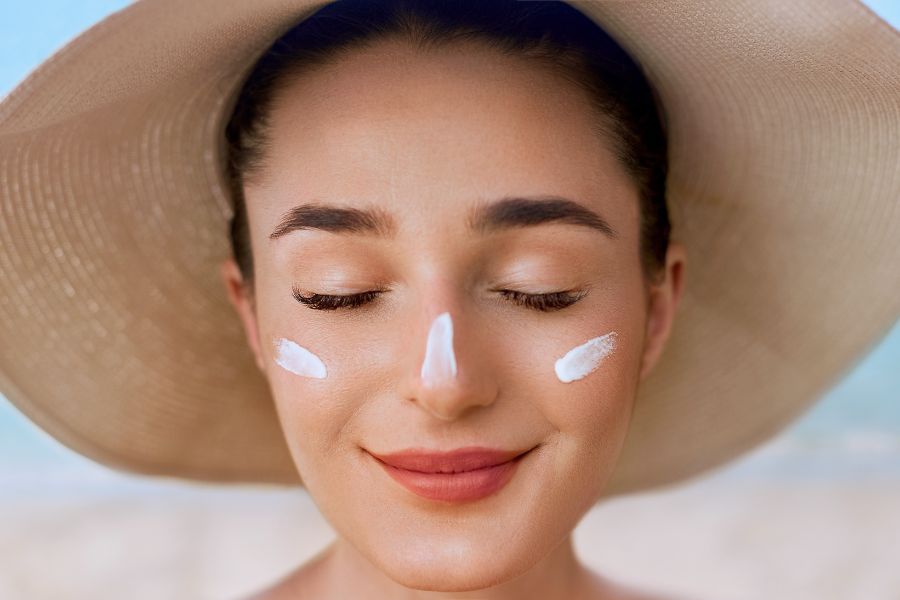
Wearing a hat and polarised sunglasses will protect your eyes and enhance visibility under the water’s surface, allowing you to spot fish more easily. Investing in UV-protective clothing can shield you from the sun. Long-sleeve shirts, lightweight pants, and buffs will add a layer of comfort. When preparing for your fishing excursion, prioritise sun safety to enhance your experience while protecting your health.
Weather Considerations
Before heading out, always check the weather forecast for the day. Conditions can vary significantly, and being unprepared for rain or wind can transform a pleasant fishing trip into a challenging experience. You may encounter insects, unexpected temperature drops, or even currents that change your fishing plan unexpectedly. Understanding the local climate, along with which species are biting under various weather conditions, will increase your chances of a successful day.
Consider dressing in layers to adapt to changing temperatures throughout the day, ensuring comfort no matter the conditions. An understanding of the relationship between weather and fish behaviour is integral for successful angling. Familiarise yourself with how certain weather patterns impact fish feeding behaviour to make your experience more fruitful. Knowing whether fish tend to be more active in overcast conditions or when the sun shines can help you plan the best times to cast your line.
Fishing Ethics and Conservation
As nature enthusiasts, we must practice responsible fishing to ensure that our aquatic ecosystems remain healthy for future generations. Familiarise yourself with local fishing regulations and honour catch limits and guidelines designed to sustain fish populations. Proper catch-and-release techniques can minimise stress on fish, ensuring they continue to thrive after being caught.
Utilising barbless hooks can make releasing fish easier while decreasing the chance of injury. Respecting the natural environment plays a key role in conservation. Avoid littering, disturbing habitats, and always follow the leave-no-trace principles. By adopting these practices, you contribute to the preservation of these valuable resources, allowing others to share in the experience for years to come.
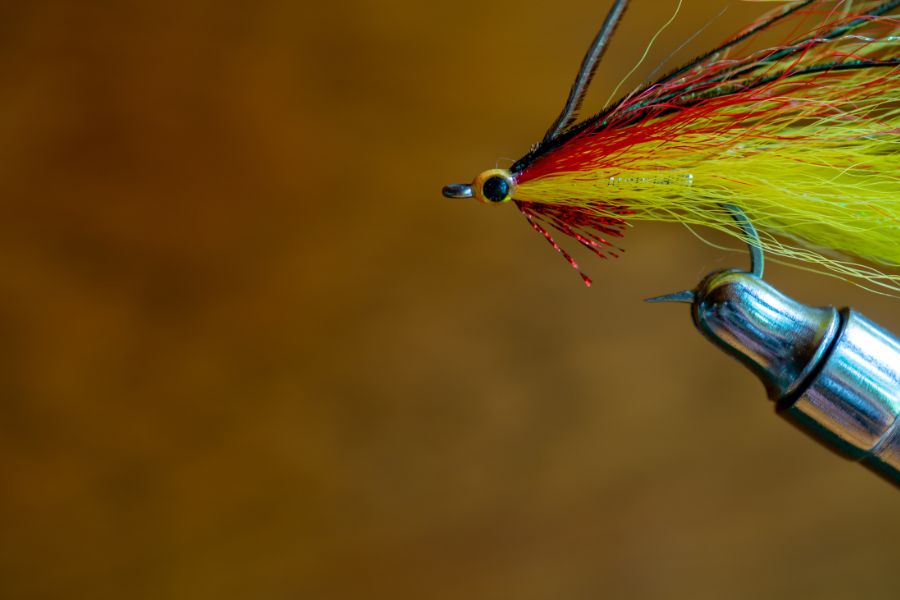
When you incorporate these vital fly fishing essentials into your next adventure, you can ensure every experience is enjoyable, productive, and sustainable. From quality gear to consideration for the environment, each element plays a pivotal role in shaping your fly fishing journey.


